Sabre engine.
The Oxfordshire-based firm has been
developing a turbine that combines both jet and rocket technologies to
achieve rates five times the speed of sound, to fly anywhere in the
world in just four hours
'Fighter jet' sized 4,000mph engine that could go from New York to London in under two hours to be built
Plans for a
revolutionary hypersonic propulsion system have now taken a big step
toward the construction of a ground demonstrator – but at roughly a
quarter the size of the original vision.
Reaction
Engines Ltd has scaled back its design for the Sabre engine to bring
about a demonstrator that is more affordable and better suited to early
applications, including a potential X-plane.
The
Oxfordshire-based firm has been developing a turbine that combines both
jet and rocket technologies to achieve rates five times the speed of
sound, to fly anywhere in the world in just four hours.
Rather
than aiming for a demonstrator that can achieve more than 150,000 lb
thrust, the firm will instead now target an engine size capable of
roughly 44,000 lb thrust, according to Aviation Week Network.
In
the new plans for the Sabre demonstrator, researchers will target a
smaller engine similar in size to the F135 engine for the F-35 joint
Strike Fighter (JSF).
Such a
system, scaled back due to the slowness of funding, could be used in
multistage vehicles or hypersonic craft the size of an X-plane.
‘It
is now more affordable, more rapid to execute and will potentially find
its first application quicker,’ Reaction CEO Mark Thomas told Aviation
Week Network.
‘It’s
a quarter of Sabre, effectively. In an application for something like
Skylon, the engine would have four combustion chambers connecting to the
single nozzle, a bypass system and the same turbomachinery, intake and
heat exchanger.
In the new plans for the Sabre
demonstrator, researchers will target a smaller engine similar in size
to the F135 engine for the F-35 joint Strike Fighter (pictured)
FUTURE OF FLIGHT? HOW THE SABRE JET ENGINE WORKS
A model of the revolutionary Sabre engine is pictured
The
revolutionary Sabre engine could allow aircraft to take off from a
runway and accelerate to five times the speed of sound, before switching
to a rocket mode, propelling it into orbit.
The Sabre engine works by burning atmospheric air in combustion chambers.
It then uses the heat to turbo-charge the engine.
At
the moment, rockets have to carry liquid oxygen and liquid hydrogen to
power them and the cost of carrying this heavy fuel is expensive.
The
new engine creates its own liquid oxygen by cooling air entering the
engine from 1,000°C to minus 150°C in a hundredth of a second – six
times faster than the blink of an eye – without creating ice blockages.
The revolutionary Sabre engine could
allow aircraft to take off from a runway and accelerate to five times
the speed of sound, before switching to a rocket mode, propelling it
into orbit. A computer generated image of the ground demonstrator is
pictured. dailymail
This
new class of aerospace engine is designed to enable aircraft to operate
from standstill on the runway to speeds of over five times the speed of
sound in the atmosphere.
It
can then transition to a rocket mode of operation, allowing spaceflight
at speeds up to orbital velocity, equivalent to 25 times the speed of
sound.
‘There
is a view that you could modularize the engine to a far higher degree,
so that you could have four compressors and still have a large heat
exchanger. From this point onward you could go completely modular, so if
you could demonstrate one element, then it is all about integration.’
Along
with a JSF-sized engine for the ground demonstrator, the firm plans to
solve the power gap between air-breathing and rocket engines.
While the engine is still in the design phase, the firm plans to see three main test phases stretching into the 2020s.
It’s
hoped that the first test will take place within the next 12-15 months,
the CEO tells AWN, with a focus on the heat exchanger and the core.
Rather than aiming for a demonstrator
that can achieve more than 150,000 lb thrust, the firm will instead now
target an engine size capable of roughly 44,000 lb thrust.
Pictured, an
artist's impression of the Lapcat A2 craft flying at Mach 5
Here, a concept of the Skylon
spaceplane using the engine is shown. But now, Reaction Engines Ltd has
scaled back its design for the Sabre engine to bring about a
demonstrator that is more affordable and better suited to early
applications, including a potential X-plane. dailymail
Then, the team will move on to the integrated engine tests in 2020-2021.
The
system will undergo sea-level testing, and researchers will simulate
high velocity air by heating the air flow. And, they will run wind
tunnel tests to assess flow conditions.
In the third phase, the firm is looking toward concepts of an X-plane or flight demonstration aircraft to put it to the test.
The
core will eventually be tested in the UK, meaning Reaction will need to
build a test facility with a hydrogen/air breathing preburner.
In July, it was announced that the European Space Agency has invested $11 million toward the development of the engine.
Along
with this, Reaction Engines announced that it had secured over $66
million in funding from the British government, with more than $55
million from the UK Space Agency, and the ESA contribution acting as the
final piece.
At
the moment, rockets have to carry liquid oxygen and liquid hydrogen to
power them and the cost of carrying this heavy fuel is expensive.
The
new engine creates its own liquid oxygen by cooling air entering the
engine from 1,000°C to minus 150°C in a hundredth of a second – six
times faster than the blink of an eye – without creating ice blockages.
This
allows the engine to run safely at much higher power than is currently
possible, without the risk that it will overheat and break apart. dailymail
Lapcat A2 craft flying at Mach 5
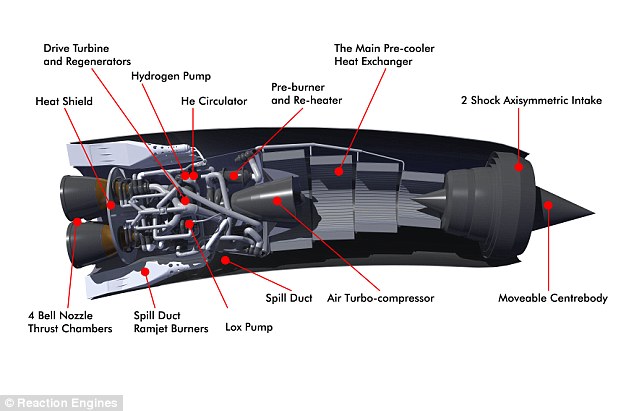
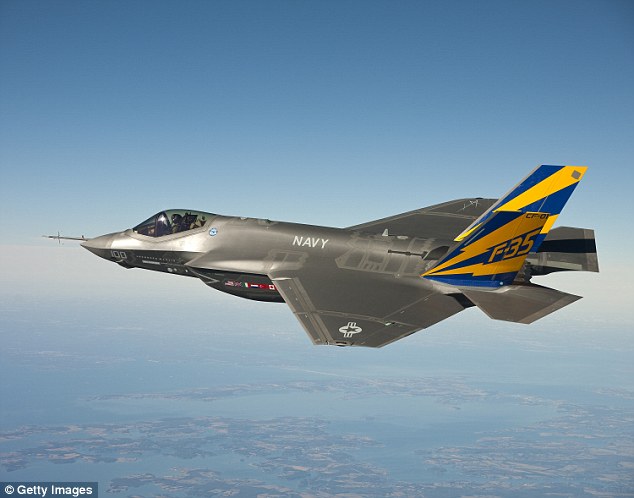
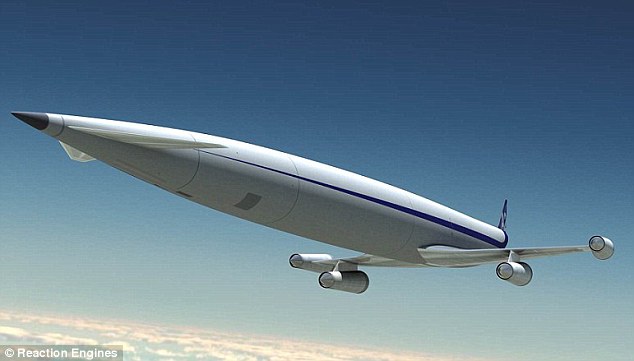
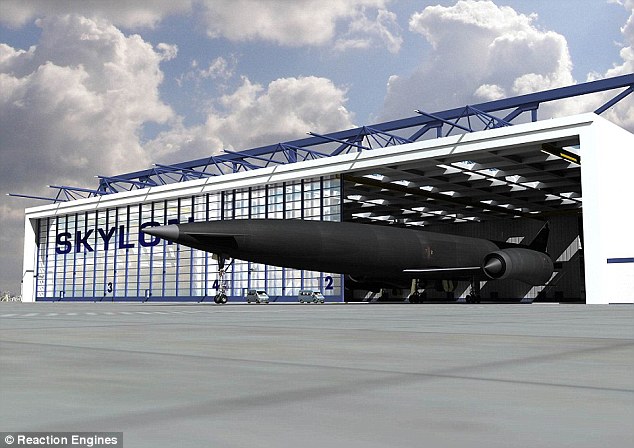


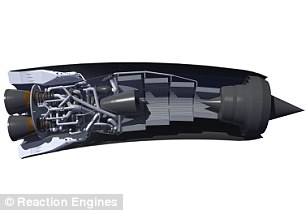
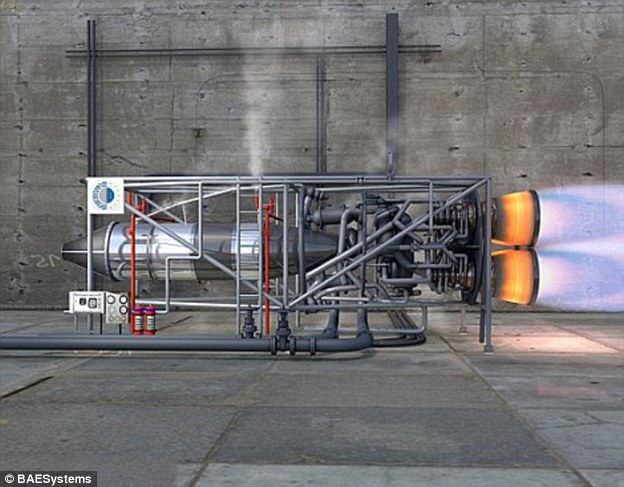


Post a Comment Blogger Facebook Disqus
EmoticonClick to see the code!
To insert emoticon you must added at least one space before the code.